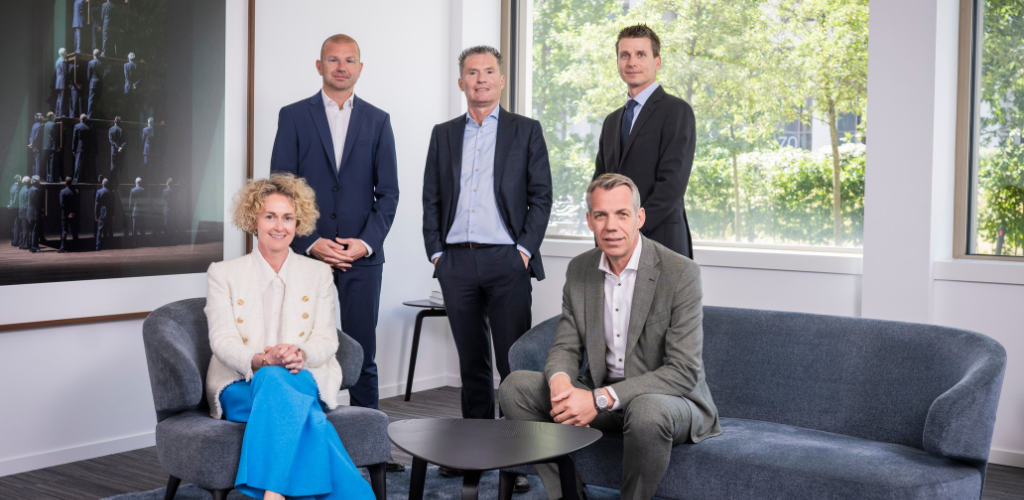“People always overestimate the changes that will happen over the short term, and underestimate the changes that will happen over the long term” (Bill Gates)
It has been a fascinating first quarter for the financial markets. Two major trends had a pronounced influence.
Strong economic growth
The first major trend was the surprisingly strong economic growth during the first quarter. It was most pronounced in the United States, followed by Europe and China, both of which are crawling out of an economic dip. This economic strength has not been without consequences for the financial markets.
At the beginning of this year, the expectation was that the Central Banks (FED and ECB) would soon come up with substantial interest rate cuts. As a result, there was excitement surrounding the expectation that the Fed would lower its interest rates in 2024 from 5.5% to 4.0%. And that the ECB would do the same by lowering interest rates from 4.0% to 2.5%. We noted earlier that we found these six interest rate cuts of 0.25% to be somewhat optimistic. After all, economic growth remains strong and inflation is not yet fully under control.
In the meantime, the expectations for interest rate cuts have been revised sharply downwards. For both central banks, only three rate cuts of 0.25% are now expected in 2024, from 5.5% to 4.75% for the FED and from 4% to 3.25% for the ECB.
This has not been without consequences for bond market yields. As you know, the two most important benchmarks for the bond market are the 10-year US Treasuries yield for the US dollar zone and the 10-year German sovereign yield for the euro zone. Both rates rose by around +50 basis points (+0.5%) to 4.4% for the US government rate and 2.4% for the German government rate. Normally, market yield increases of this magnitude would put pressure on the equities markets. However, this was not the case in the first quarter and that brings us to the second major trend of this first quarter.
Artificial Intelligence
The second major trend, already underway last year, is ‘Artificial Intelligence (AI)’. It seems like AI is a ‘magic wand’ that will lead us to the promised land without any obstacles.
Equity markets have been in a euphoric mood since November 2023. Driven by expectations that the FED and the ECB will lower their interest rates, but even more by the promises encapsulated in AI. It has been about a year since the world discovered ‘Chat GPT’. Since then, NVIDIA shares have risen by 225%. In the slipstream of this chipmaker, the entire semiconductor sector has risen enormously. But the biggest companies in the equities indices have also risen sharply on this enthusiasm: Meta (+130%), Amazon (+74%), Microsoft (+46%) and Alphabet (+45%) have seen their market value rise sharply. Of the famous ‘Magnificent Seven’, only Apple (+4%) and Tesla (-15%) have been left behind.
It has been a celebration on the equities markets, especially for those who have invested in these single shares. The temptation is therefore very strong to characterise this as a hype. That would be a misinterpretation however, as the profits of these tech companies have soared.
Consistent investment philosophy
In the meantime, we remain committed to our consistent method of working, which we have successfully applied for over thirty years. We pay close attention to an in-depth analysis of the companies in which we invest. We focus on strong balance sheets, companies that can take a hit when the sunny climate turns around. We pay attention to correct valuations of the companies in which we invest. As a result, today we are cautiously positioned in our investment portfolio.
“People overestimate the changes that will happen over the short term…” translated for Capitalatwork that it is our assessment that the promise of AI is amply expressed in the sharply rising prices of some of the world’s largest companies.
“…and underestimate the changes that will happen over the long term.” translated for Capitalatwork that it’s a conviction that productivity gains for businesses, by implementing AI, will be substantial in the next 10 years.
Time at Work
In other words, let time do its job and stay invested for the long term in a well-diversified portfolio.




